The drinking temperature of espresso-what is the difference between a warm cup and an unwarm cup?
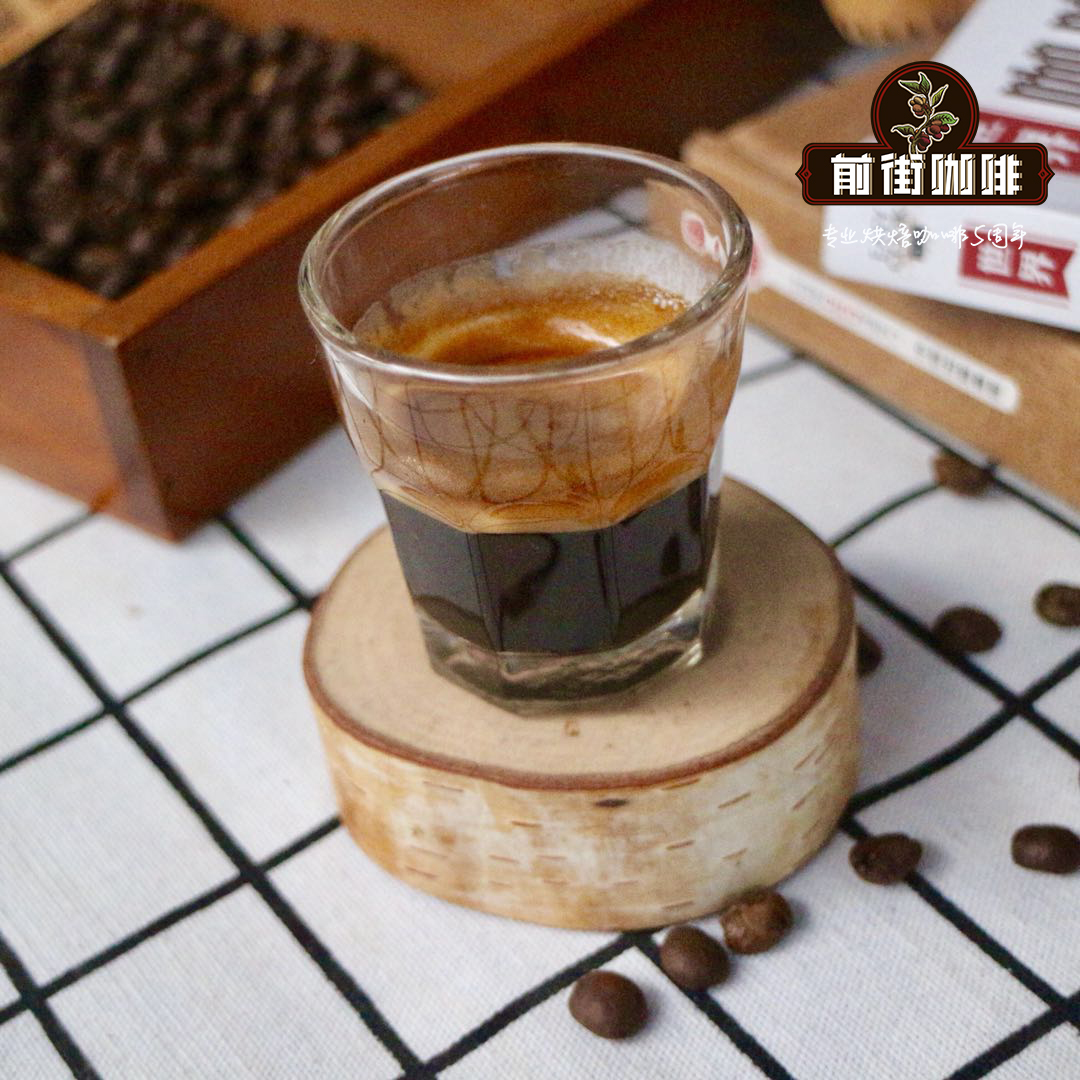
Professional coffee knowledge exchange more coffee bean information please follow the coffee workshop (Wechat official account cafe_style)
In today's fierce competition, coffee shops should consider how to provide customers with a good consumption experience. As the saying goes, details determine success or failure. Details are the key to whether baristas can provide quality products and services to customers. Today we are going to talk about a very small detail. Temperature is a key factor in the drinking experience of Espresso, but it often doesn't get the attention it deserves. Maybe most coffee shops can't sell a few espresso cups a year, but we actually want to use this experiment to remind you not to forget the coffee cup after brewing a delicious cup of coffee.
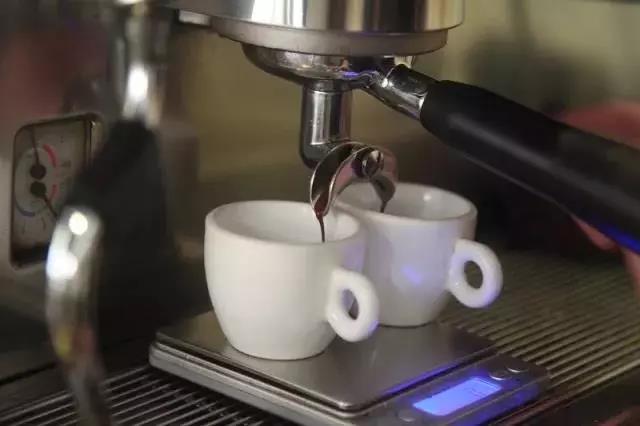
Today, we try to experiment by making a cup of double espresso using a double-headed handle. As shown in the picture, the cup on the left is preheated on top of the coffee machine (we also rinsed the cup with hot water from the coffee machine before picking up the coffee), while the cup on the right is placed at room temperature. We will do the experiment at room temperature and finally taste two cups of coffee for comparison. During the cooking process, we use an infrared camera to take pictures and store information to view the image.
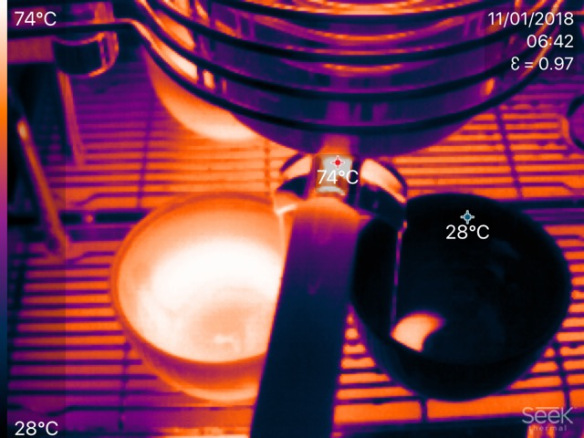
The temperature range in the real image of the color bar on the left. White is the highest temperature point, and the gradient to black area is the lowest temperature point.
As can be seen from the picture, we put the warm hot cup on the left and the room temperature cup on the right. The coffee liquid first came out at 74 degrees. We set the brewing water temperature of the Malla Dalla Corte coffee machine to 93 degrees and preheated the head in advance, but because the coffee powder and handle powder bowls will absorb heat, the coffee liquid initially came out at only 74 degrees.
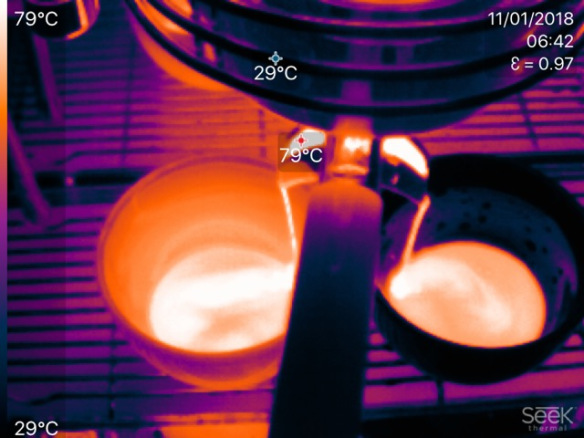
When the coffee liquid continues to flow out, the temperature will gradually rise. (because the coffee powder absorbs less heat), please note that the coffee liquid in the left cup is brighter than that in the right cup, indicating a higher temperature.
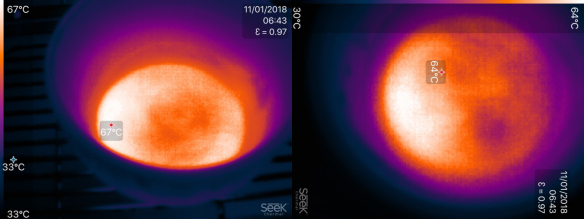
After the coffee was extracted, we patted two cups of coffee respectively. The temperature band shows that the highest point of the coffee in the hot cup is 67 degrees, and the temperature of the unheated cup is 64 degrees. We can also see from the picture that the white area of the cup on the left is wider than that on the right.
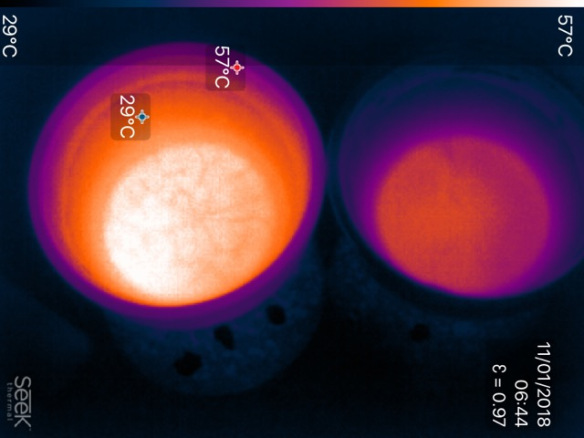
After standing for about 10 seconds, let's observe the temperature change of the two cups. As can be seen from the picture, the temperature of the unwarmed cup of coffee drops rapidly to about 45 degrees and turns completely black, while the coffee in the hot cup remains at 57 degrees (sometimes the temperature reading point moves with the camera, but we can compare it with the color bar. )
Taste evaluation
When we taste the two cups of coffee, it is obvious that the flavor of the two cups of Espresso is completely different.
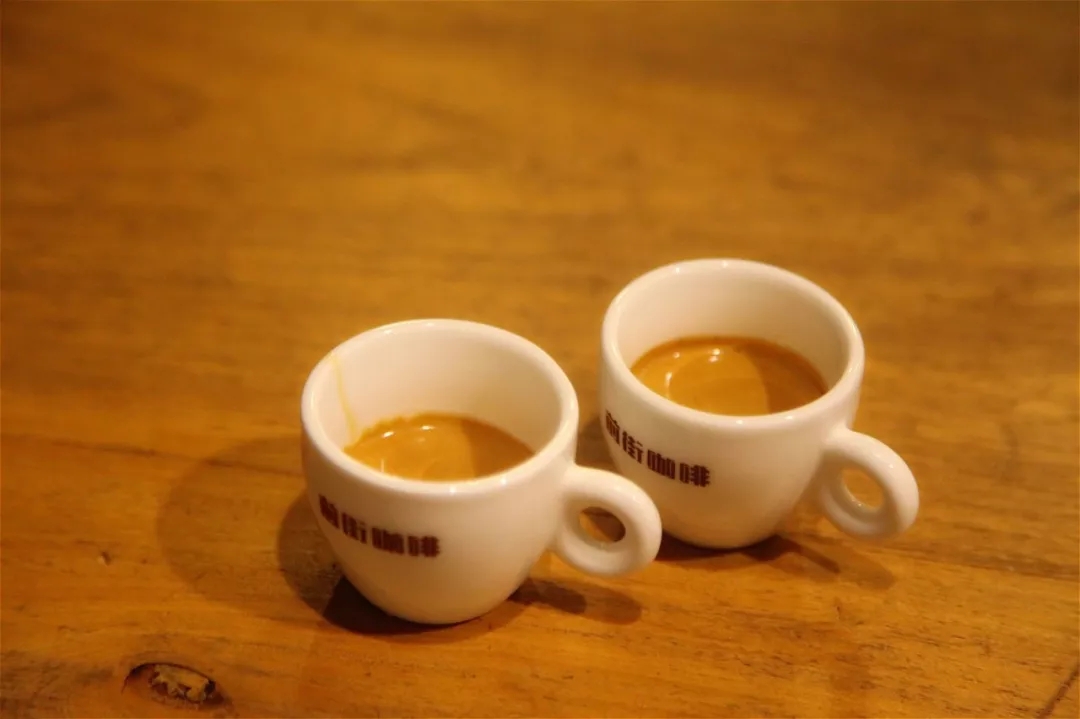
Personally, we prefer the cup of coffee with higher temperature because it has a more complex flavor, higher mellow thickness, floral flavor and chocolate finish. In the low-temperature cup of concentration, we only drank a relatively low level of acid. Although we use moderately roasted coffee beans with a high proportion of African beans.
Last
There are many ways to warm a cup. Coffee shops in Italy, for example, use hot water from the coffee machine to wash the cup, and the temperature of the cup is just right after washing. In coffee shops in southern Italy, baristas warm the cup with hot water and pick up the coffee with wooden stirring sticks to stir the sugar, which dissolves quickly because the coffee is hot enough. this makes the espresso made by adding robusta beans to taste better.
In Thailand, some coffee shops are used to preheating coffee cups on top of coffee machines and covering them with a layer of cloth to keep warm. The advantage is that the coffee cup can be kept at a suitable temperature at any time, but the disadvantage is that because the heat of the coffee machine cannot be discharged smoothly, it is easy to shorten the service life of the parts in the shell. In addition, if your coffee shop is air-conditioned enough, this may not achieve the desired results. So, what we do is, before making Italian concentration, hold some hot water from the coffee maker in a cup, then grind and press the powder, and pour out the hot water before buckling the handle to pick up the coffee liquid.
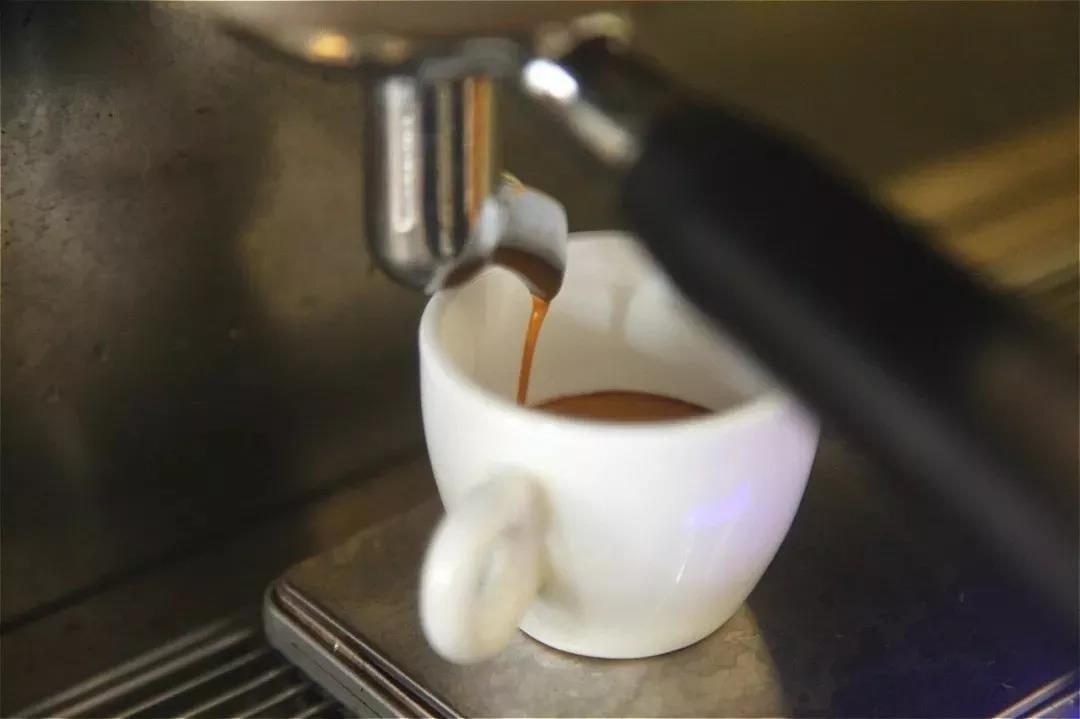
It is generally believed that the appropriate cup temperature should be between 55 and 60 ℃. If you don't have an infrared camera, you can test it with your own palm. Put the cup in the palm of your hand and hold it tightly. if the cup can be held tightly, but the hand will be hot and have to let go after 2-3 seconds, this temperature is more appropriate. Of course, the temperature of the warm cup is not as high as possible. if a mouthful of coffee burns your mouth, it shows that your temperature is too high.
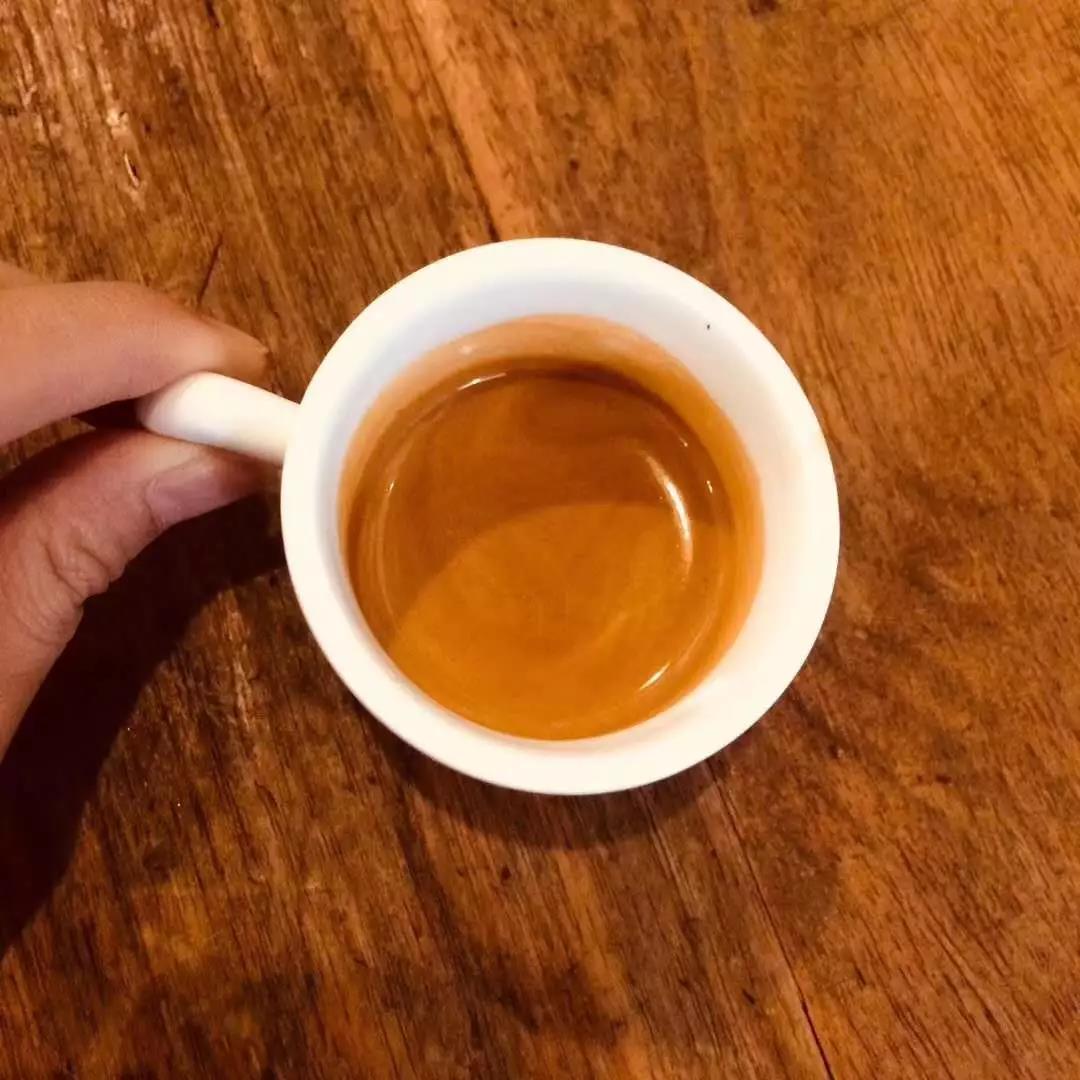
Important Notice :
前街咖啡 FrontStreet Coffee has moved to new addredd:
FrontStreet Coffee Address: 315,Donghua East Road,GuangZhou
Tel:020 38364473
- Prev

Can't you sleep after drinking coffee? Several kinds of caffeine that you don't know.
Please follow the Coffee Workshop (official Wechat account cafe_style) when it refers to caffeine alone, it refers to a mild stimulant that contains less caffeine in our daily drinks such as tea, cocoa and chocolate. Caffeine is also found in carbohydrate drinks such as cola and some anesthetics. It can accelerate the metabolism of the human body and keep people clear-headed and thinking.
- Next

What's the difference between a cappuccino and a latte? maybe you're not drinking a cappuccino at all.
Professional coffee knowledge exchange more coffee bean information please follow the coffee workshop (Wechat official account cafe_style) Cappuccino is also a combination of espresso and hot milk and a layer of milk foam, and the difference between latte is the proportion of milk, generally about the ratio of espresso, fresh milk and milk bubble is about 1:1:1, the taste will be dominated by coffee flavor, while milk and milk bubble let the imported coffee
Related
- Beginners will see the "Coffee pull flower" guide!
- What is the difference between ice blog purified milk and ordinary milk coffee?
- Why is the Philippines the largest producer of crops in Liberia?
- For coffee extraction, should the fine powder be retained?
- How does extracted espresso fill pressed powder? How much strength does it take to press the powder?
- How to make jasmine cold extract coffee? Is the jasmine + latte good?
- Will this little toy really make the coffee taste better? How does Lily Drip affect coffee extraction?
- Will the action of slapping the filter cup also affect coffee extraction?
- What's the difference between powder-to-water ratio and powder-to-liquid ratio?
- What is the Ethiopian local species? What does it have to do with Heirloom native species?

